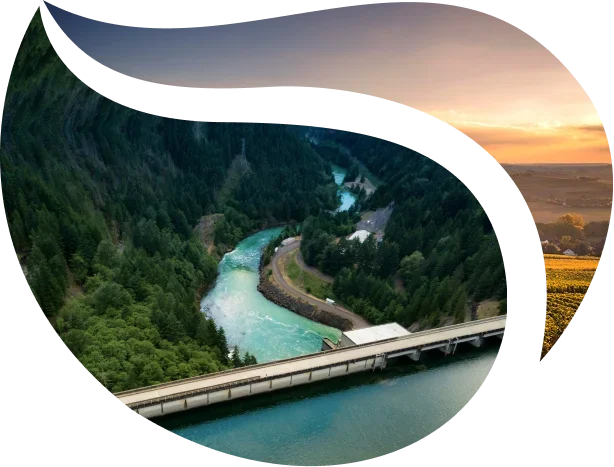
The volume of data generated today – and our ability to process and analyze it – is unprecedented. This new big data paradigm results in data sets that are too large and too complex to be processed by traditional applications. When supported by emerging analytical capabilities, big data represents a source for ongoing and refined discovery and analysis of social, market, and environmental trends and opportunities.
Big data represents a new frontier in data collection and analysis, and is not without challenges. These include the cleaning, storage, and visualization of raw information, as well as information privacy. When these challenges are overcome, advanced methods of analyzing big data can enable more confident decision-making, leading to more effective and efficient outcomes.
Despite growing recognition of the capabilities of big data, we are only just beginning to appreciate the implications of enhanced monitoring and visualization competences for natural resources management and environmental policy.
Big data and associated monitoring, analysis and visualization technologies can enable scientists and policymakers to translate large amounts of data into usable formats and develop the knowledge needed to address complex, multidisciplinary environmental issues. Indeed, big data analysis is increasingly being applied by government agencies, NGOs and businesses to address environmental and sustainability issues at all scales.
RNRF’s 2016 Congress on Harnessing Big Data for the Environment will explore the implications of this data deluge for decision-making in natural resources management and environmental policy, and how it can be harnessed to facilitate informed and effective responses to complex issues. It also will feature discussion of the promise, challenges, and limitations associated with big data collection, analysis and use; and identification of high-priority data gaps for the management of critical resources. The unique capabilities and priorities of the private and public sectors will be examined, as well as the implications of residual budgetary pressures from the Budget Control Act of 2011.
The second day of the congress will feature five case studies highlighting the use of big data as a decision-making tool for on-the-ground action from a global to local scale. Speakers will discuss their experiences navigating the big data landscape to restore and sustain critical natural resources.
